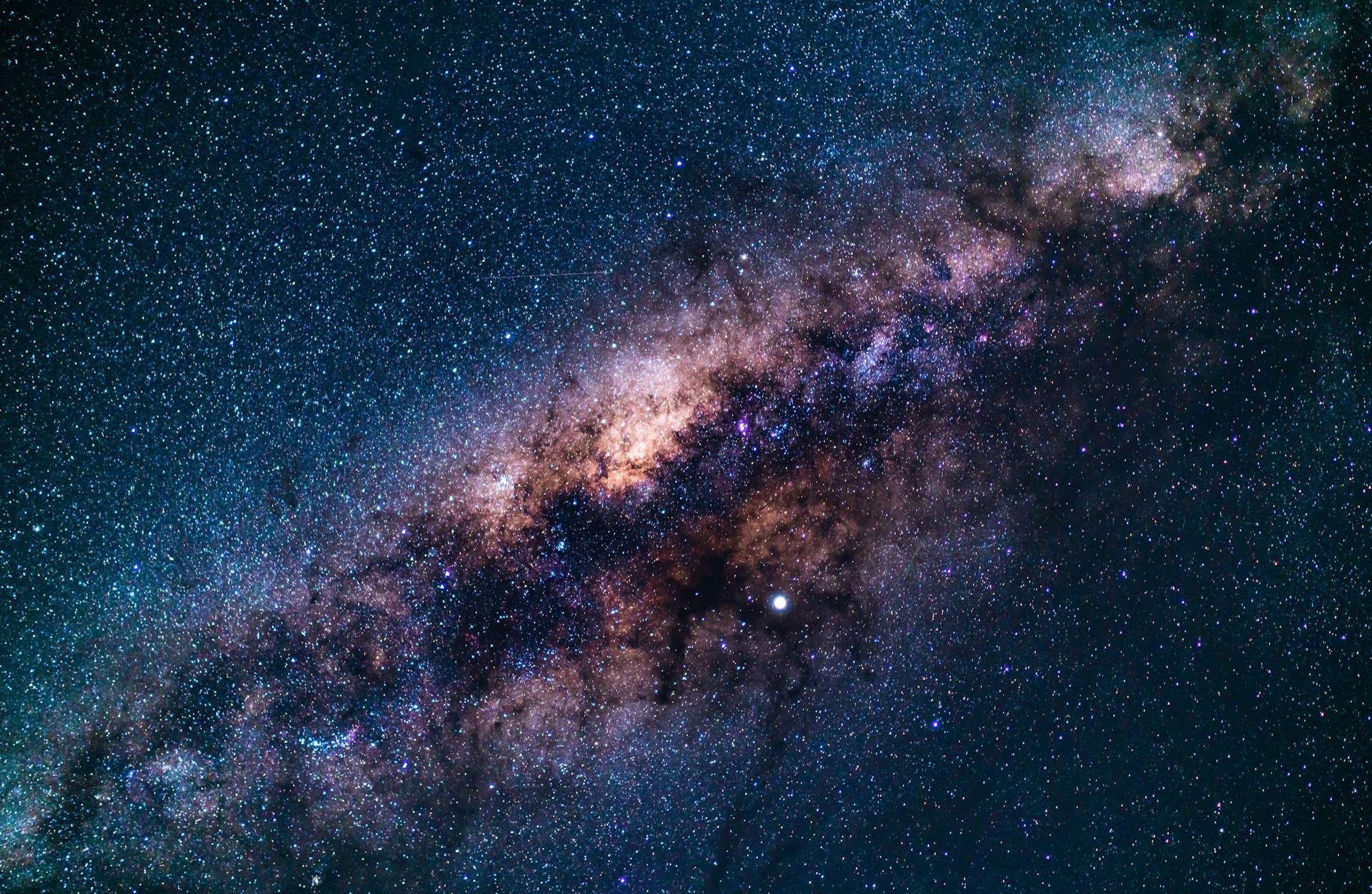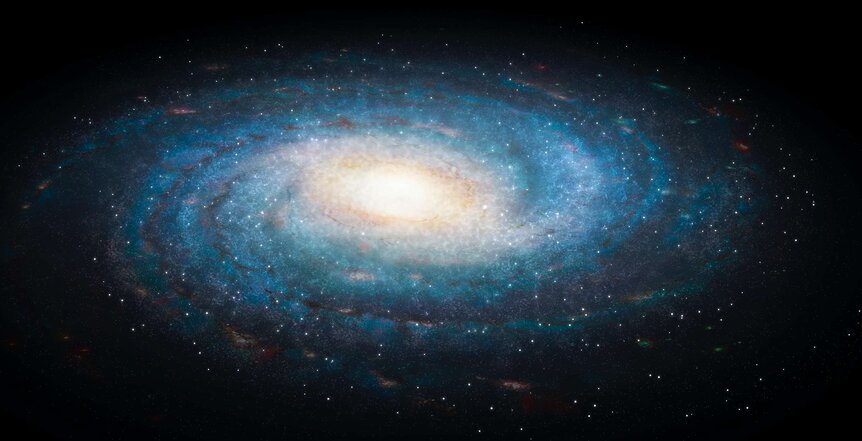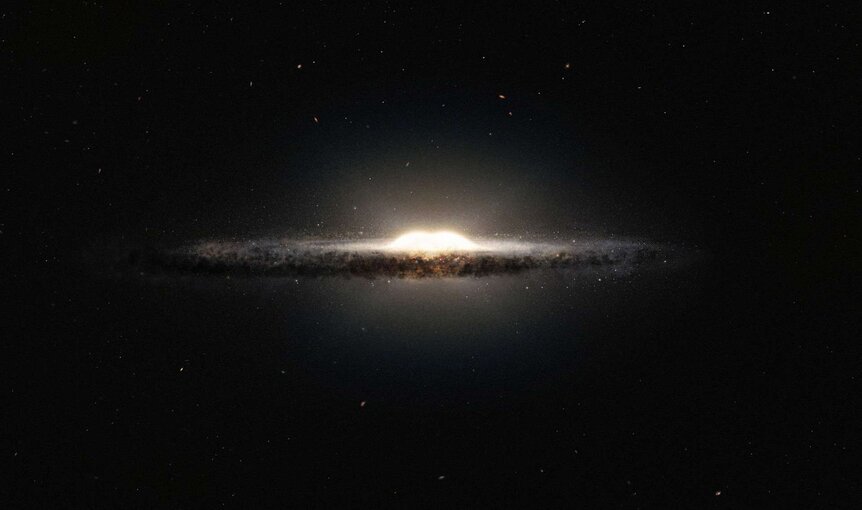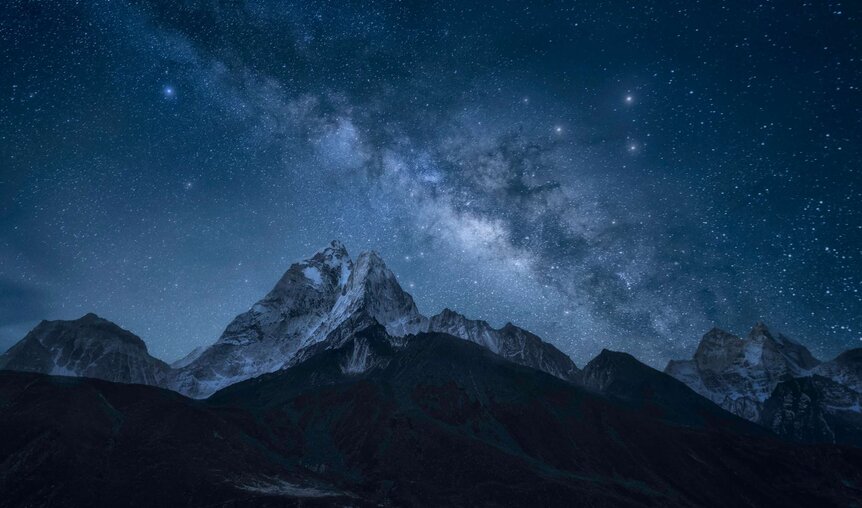Create a free profile to get unlimited access to exclusive videos, sweepstakes, and more!
Illuminating new research refines timeline of how and when Milky Way formed

Nobody of certain advancing years wants to reveal their true age, and that goes for human beings as well as our home spiral galaxy.
Now, helping to refine and penetrate the mysteries of exactly when and how the Milky Way formed, a new research paper published this week in the online journal Nature Astronomy delivers updated evidence regarding the timing of the cosmic event.
By employing cutting-edge methods by which to derive these latest calculations and theories of how our galaxy merged with a satellite galaxy, scientists from Ohio State University and the University of Birmingham were able to pin down a better timeline by sampling nearly one hundred red giant stars in the Milky Way.
By pairing this up with previously documented research, the team was eager to demonstrate the events that occurred when our galaxy married an orbiting galaxy called Gaia-Enceladus some 10 billion years ago.
“Our evidence suggests that when the merger occurred, the Milky Way had already formed a large population of its own stars,” said Fiorenzo Vincenzo, co-author of the study and a fellow in The Ohio State University’s Center for Cosmology and Astroparticle Physics.
The majority of those grassroots “homemade” stars migrated into the Milky Way’s thick center disc, while many ensnared from Gaia-Enceladus ended up in the outer halo of the galaxy.
“The merging event with Gaia-Enceladus is thought to be one of the most important in the Milky Way’s history, shaping how we observe it today,” said lead study author Josefina Montalban, with the School of Physics and Astronomy at the University of Birmingham in the U.K.
For the first time, Vincenzo and Montalban concluded that stars collected from Gaia-Enceladus have marginally younger ages when compared to stars birthed inside the Milky Way. According to the official press release, this violent intermingling altered the orbits of the affected stars into more eccentric paths.
Apparently, these stars also “dress” differently, as outcast heavenly bodies reveal different chemical compositions from those stars originating deep inside the Milky Way.
The ability to generate more precise ages of the stars was accomplished via the use of asteroseismology, a fresh new field of research that aims to probe the internal structure of stars.
Per Mathieu Vrard, a postdoctoral research associate in Ohio State’s Department of Astronomy, asteroseismologists investigate internal stellar oscillations, which are defined by rippling sound waves that travel through their interiors.
“That allows us to get very precise ages for the stars, which are important in determining the chronology of when events happened in the early Milky Way,” Vrard noted.
To bolster their illuminating findings, the research team also employed a spectroscopic survey called APOGEE. This technology produces stars’ chemical compositions, something that acts as a secondary tool to figure out their ages.
“We have shown the great potential of asteroseismology, in combination with spectroscopy, to age-date individual stars,” Montalban adds.
“We now intend to apply this approach to larger samples of stars, and to include even more subtle features of the frequency spectra. This will eventually lead to a much sharper view of the Milky Way’s assembly history and evolution, creating a timeline of how our galaxy developed.”





























